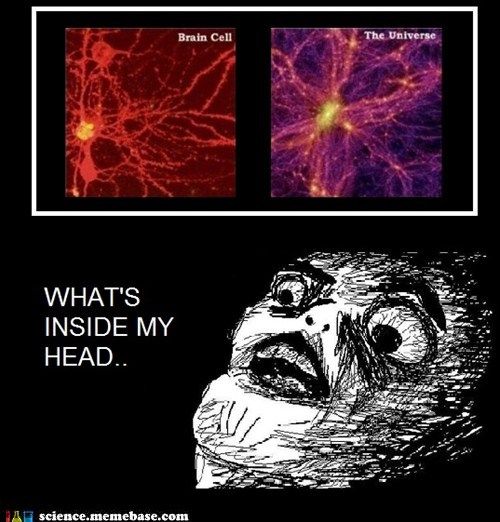February and March active time for econophysicists
In February and Match three very important conference to the econophysicists were held: "Unsolved Problems on Noise", "Verhandlungen DPG" and "Open Readings" (lt. "Laisvieji skaitymai"). Our B. Kaulakys, V. Gontis, A. Kononovicius, P. Purlys and R. Kazakevičius have given oral and poster presentations at these conference. Presentations were mostly concerned with our newest achievements in the applications of Kirman model and burst statistics.

